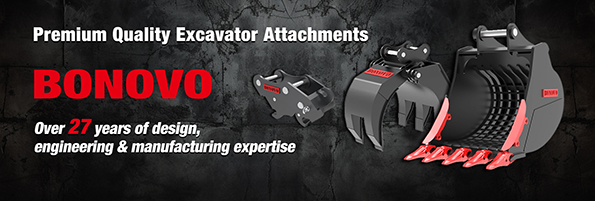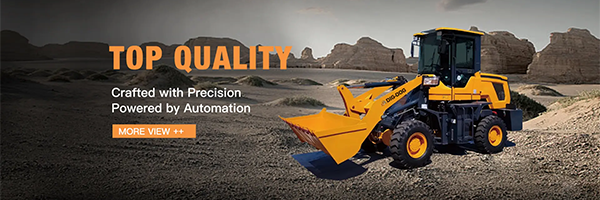Loading is the most basic technique of an excavator, and it is also the most challenging technique for an operator. For the same excavator, some people can load quickly and fuel-efficiently, while others are slow to load and can't get much work done in a day. So, how to improve loading techniques?
According to the working scene, excavator loading can be divided into flat loading, high platform loading and low-position loading. The three scenes are different, and the technical difficulty is also different. Among them, high platform loading is relatively simple, while low-position loading is more difficult.
Flat loading skills
Flat loading must first choose a good position to make the excavator and the dump truck parallel. Keep a certain distance between the excavator and the dump truck. The approximate standard is: when the excavator is turned sideways, the bucket can be located above the dump truck, and the angle between the arm and the forearm is about 100 degrees. This can not only flexibly display the large and small arms, but also keep a safe distance between the counterweight of the excavator and the dump truck.
Then you can load the truck, whether from the front to the back or from the back to the front, you must master the rhythm with one shovel at a time. The bucket should be rotated through the middle of the rear compartment of the dump truck every time. When loading the front half, the forearm should be slightly adjusted to make the material fall into the middle part of the large box. If it is loaded with sand, the bucket should be opened half a beat later, because the sand is loose and the sand will start to fall before the bucket is fully opened.
High platform loading skills
High platform loading is the easiest way to load the vehicle when the excavator is at a high place and the dump truck is at a low place. This method is labor-saving and efficient, so it is a loading method widely used by drivers.
The most important thing about high platform loading is to trim the platform. This platform should not be too high. It is best to be close to the height of the dump truck's compartment, so that the excavator can not only see the situation in the compartment, but also accurately put the soil in the right place. During the operation, the excavator should adjust its position at any time to keep the excavator and the dump truck at a suitable distance.
The operation of high platform loading is relatively simple. When loading, the crawler should be straightened and the body should be stopped steadily. When loading, you should clear the back platform in time and always pay attention to the direction of the loading platform to avoid safety accidents.
Low-position loading
Low-position loading means that the dump truck is on flat ground and the excavator is in a low-lying pit. Since the excavator is located at a low position, the operator cannot see the situation in the car and can only estimate it by feeling, so this type of loading is the most difficult.
Low-position loading generally occurs in foundation digging, silt removal and other work. The greater the difference between the working plane of the excavator and the ground, the greater the difficulty of loading. When loading, you should try to raise the big and small arms as high as possible to let the materials slide as evenly as possible. After the materials in the vehicle are piled up, push the bucket back and forth, and it can basically be loaded flat.
Top 10 Difficult Excavator Techniques - How to Load a Truck?
- DIG-DOG
- Counselor
- Posts: 645
- Joined: Oct 20th, '24, 22:38
- Location: China
Top 10 Difficult Excavator Techniques - How to Load a Truck?
Choose DIG-DOG for high-quality, customizable brush cutters for skid steers with fast delivery. Contact us today to discover how our superior products can enhance your land management tasks!
for more info just visit our website at WWW.DIG-DOG.COM
contact # : +86 158 6218 2088
email : sales@bonovogroup.com
for more info just visit our website at WWW.DIG-DOG.COM
contact # : +86 158 6218 2088
email : sales@bonovogroup.com

